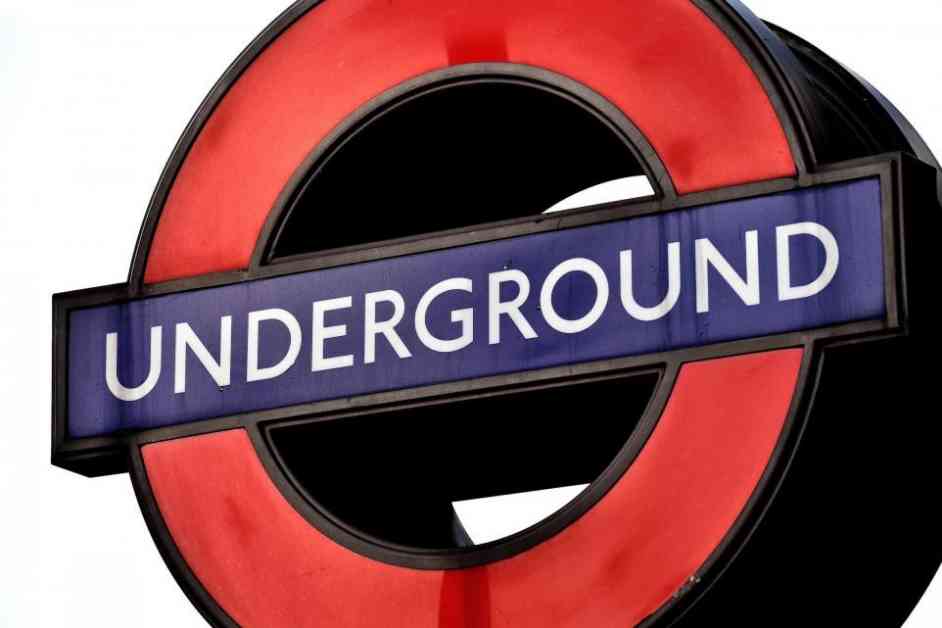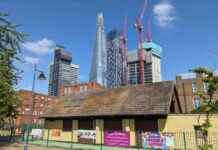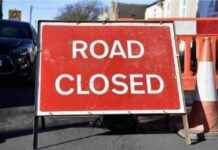In a bustling city like London, transportation plays a crucial role in keeping the daily grind moving smoothly. However, when unexpected delays hit, chaos ensues. Recently, commuters on the Bakerloo Line and drivers on the M25 faced severe disruptions due to unforeseen circumstances. As the city grappled with these challenges, frustration mounted and tempers flared. Let’s delve into the details of these incidents and explore how they impacted the lives of those caught in the midst of the chaos.
Chaos on the Bakerloo Line
The Bakerloo Line, a vital artery of London’s public transportation system, ground to a halt during rush hour, leaving thousands of commuters stranded and frustrated. The cause of the severe delays was attributed to a signal failure at a crucial junction, bringing the entire line to a standstill. As trains sat motionless on the tracks, passengers grew increasingly restless, their faces etched with a mix of annoyance and resignation.
One such passenger, Sarah Thompson, a regular commuter on the Bakerloo Line, recounted her harrowing experience. “I was on my way to an important meeting when the train suddenly stopped in the tunnel. The announcement about the signal failure only added to my mounting stress,” she shared. “I ended up being late for the meeting, and the whole day felt like a battle against time.”
Expert commentary from transportation analyst David Reynolds shed light on the impact of such disruptions on the city’s infrastructure. “The Bakerloo Line is a lifeline for many Londoners, and any delays ripple through the entire network, causing widespread chaos,” he explained. “Investment in upgrading the signaling system is crucial to prevent such incidents in the future and ensure a smoother commute for all passengers.”
Traffic Fire on the M25
Meanwhile, chaos reigned on the M25, one of the busiest motorways in the country, as a massive fire broke out near a major junction, forcing authorities to close several lanes for safety reasons. The billowing smoke and flames created a scene straight out of a disaster movie, with drivers stuck in miles-long queues, their frustration palpable in the stifling heat.
John Stevens, a truck driver caught in the traffic snarl, shared his ordeal. “I was hauling a load of goods for a delivery when I saw the smoke ahead. It was a nightmare trying to navigate through the gridlocked vehicles,” he recounted. “The heat from the fire was intense, and the uncertainty of how long I’d be stuck there only added to my anxiety.”
Fire department spokesperson, Emily Turner, emphasized the challenges faced by emergency responders in tackling the blaze. “Fires on major highways pose a significant risk to both motorists and our personnel. Ensuring the safety of everyone involved is our top priority, which often means closing lanes and diverting traffic to contain the situation,” she explained. “It’s a delicate balance between managing the fire and minimizing the impact on commuters.”
As the day wore on, both incidents were eventually resolved, with the Bakerloo Line resuming service and the fire on the M25 extinguished. However, the ripple effects of these disruptions lingered, serving as a stark reminder of the fragility of London’s intricate transportation network. Whether it’s a signal failure underground or a fiery inferno on the motorway, the city’s denizens must navigate through the chaos with resilience and patience, knowing that the next commute could bring a fresh set of challenges.
In a city as vibrant and dynamic as London, where millions of lives intersect daily, the ebb and flow of transportation disruptions are an inevitable part of urban living. As we navigate through the maze of delays and detours, let us remember that behind every stalled train and gridlocked highway are stories of frustration, resilience, and the unwavering spirit of a city that never stops moving.





















